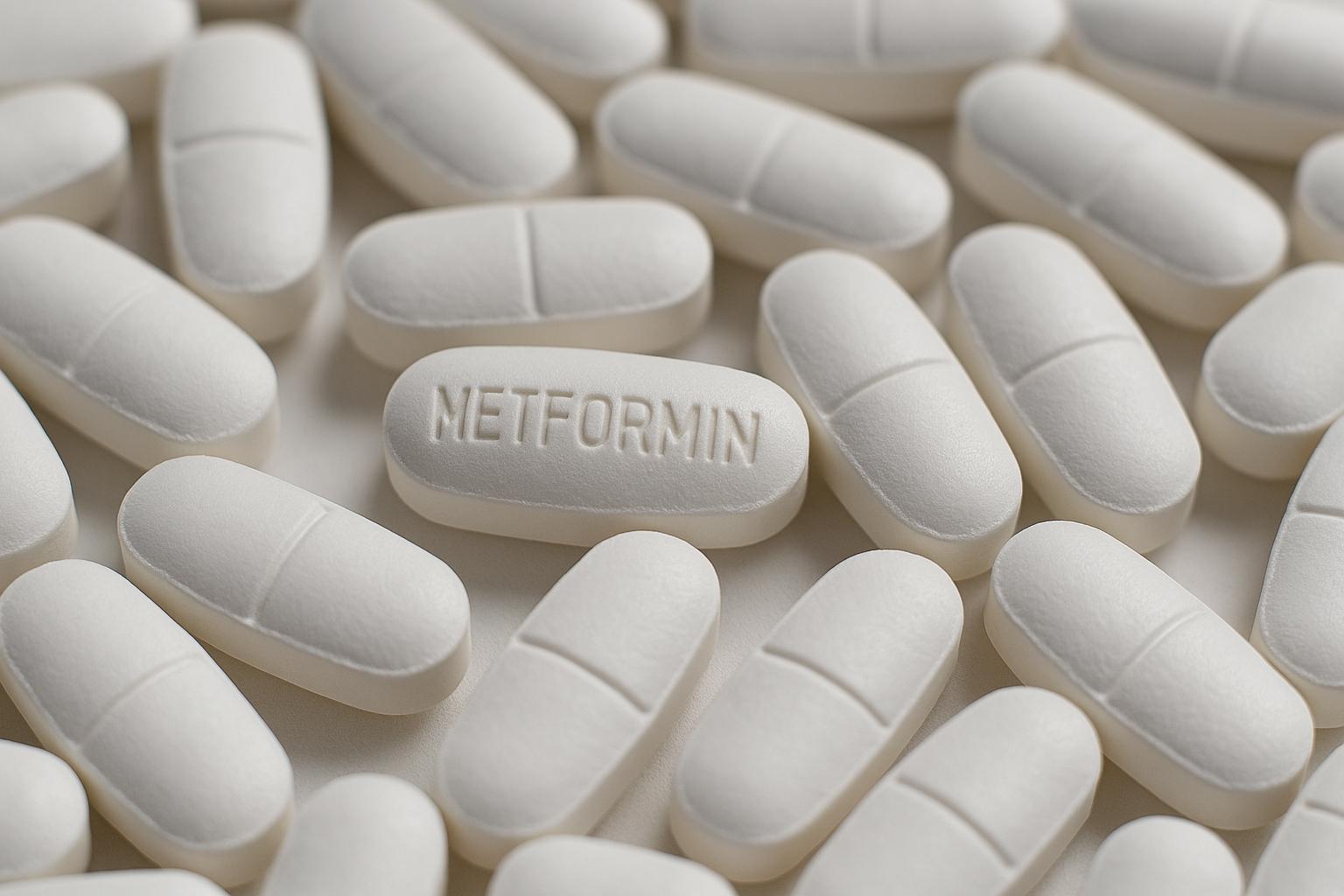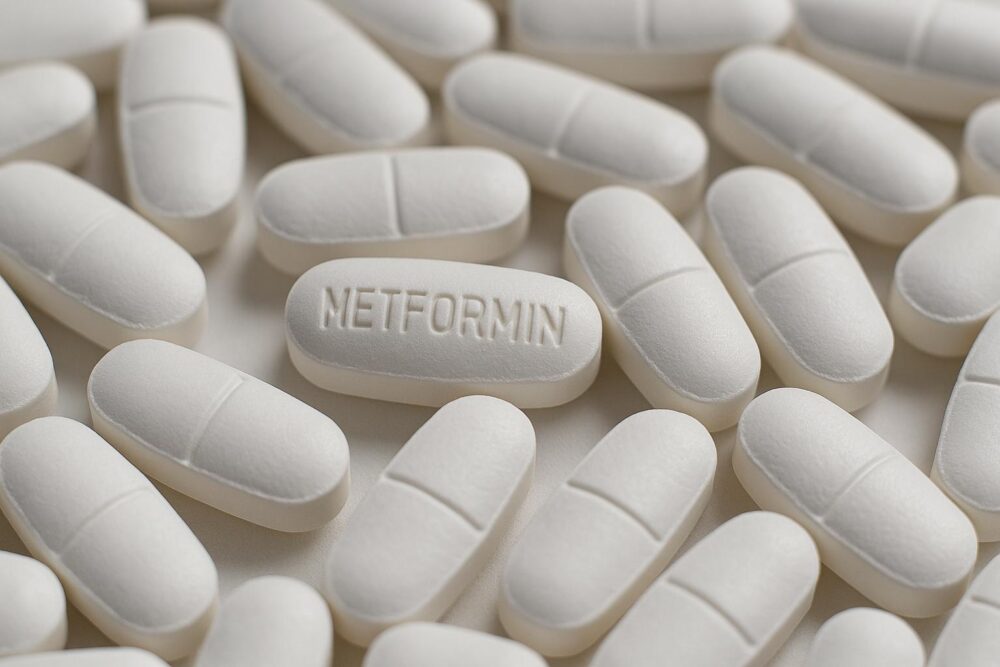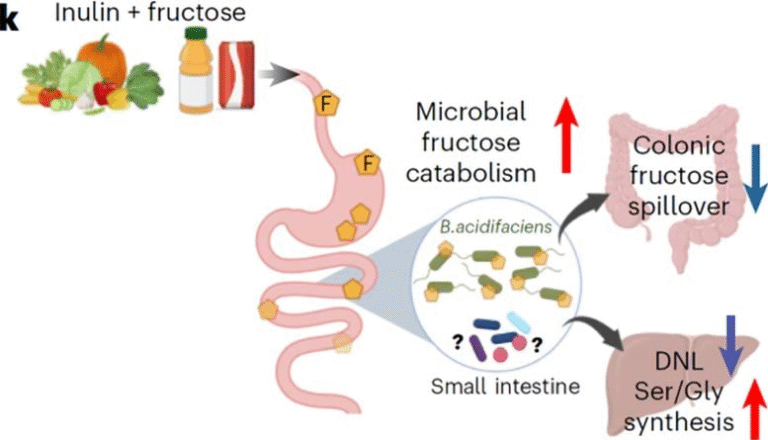Metformin: The Diabetes Pill That’s Doing More Than We Thought

Metformin has long been the go-to diabetes drug, prescribed to millions worldwide for more than 60 years. It’s best known for controlling blood sugar, but doctors have often noticed something curious—it seems to have wider health benefits, from reducing inflammation to lowering risks of tumors and heart disease. Until now, the mystery was why this humble little pill was so powerful.
A team at Kobe University in Japan has just shed new light on the secret. Their research suggests that metformin doesn’t just act on sugar—it actually changes the way key metals in our blood behave. And that shift may explain its surprising protective effects.
The Hidden Connection Between Metformin and Metals
Most people think of metals like copper, iron, and zinc as things you find in wires, coins, or supplements. But they play big roles inside our bodies too. For instance, copper and iron are involved in how we process energy, while zinc helps protect our cells and supports healthy metabolism.
Scientists already knew that people with diabetes often have unusual levels of these metals—too much copper and iron, and not enough zinc. On top of that, earlier lab studies hinted that metformin could bind to metals, especially copper. But no one had confirmed whether this actually happened inside human patients.

That’s what the Kobe University team set out to test.
The Study: Tracking Metals in Patients
The researchers looked at around 200 diabetes patients at Kobe University Hospital. Half were taking metformin, and half were not. They measured levels of copper, iron, and zinc in the blood, along with other related markers.
The results were striking:
- Copper levels were lower in patients on metformin.
- Iron levels were also lower.
- Zinc levels were higher.
In other words, the drug was reshaping the balance of metals in the body.
Why does this matter? Because lowering copper and iron while boosting zinc may actually improve glucose tolerance and help prevent complications of diabetes. It’s as if metformin is not only tackling blood sugar directly, but also fine-tuning the body’s chemistry in ways that protect long-term health.
Why This Matters Beyond Diabetes
This discovery helps explain why metformin has been linked to so many unexpected benefits. Lower copper, for example, may reduce inflammation and slow processes that contribute to tumor growth or heart disease. Higher zinc may strengthen cell protection and reduce the damage caused by high blood sugar.
In short, metformin’s effects are not just about sugar—they’re about creating a healthier internal environment.
A New Angle on Diabetes Drugs
Interestingly, Japan recently approved a new drug called imeglimin, which is derived from metformin. But imeglimin doesn’t bind to metals in the same way. Researchers are now comparing the two drugs to see how their differences play out in patients.
The big picture? If doctors can fully understand how metformin changes metal levels, they might design new drugs that target this pathway even more precisely. Imagine medications that not only control diabetes but also prevent its complications more effectively.
The Road Ahead
The Kobe University team emphasizes that this is just the beginning. They need more studies—both with patients and in animals—to confirm exactly how these metal changes produce metformin’s protective effects. But the discovery marks a major step forward after decades of mystery.
For people living with diabetes, this research adds another layer of hope. Metformin is already trusted and widely used. Now, with a clearer understanding of its powers, doctors might one day develop smarter treatments that harness its strengths and go even further.





